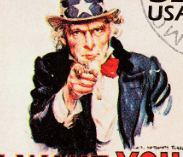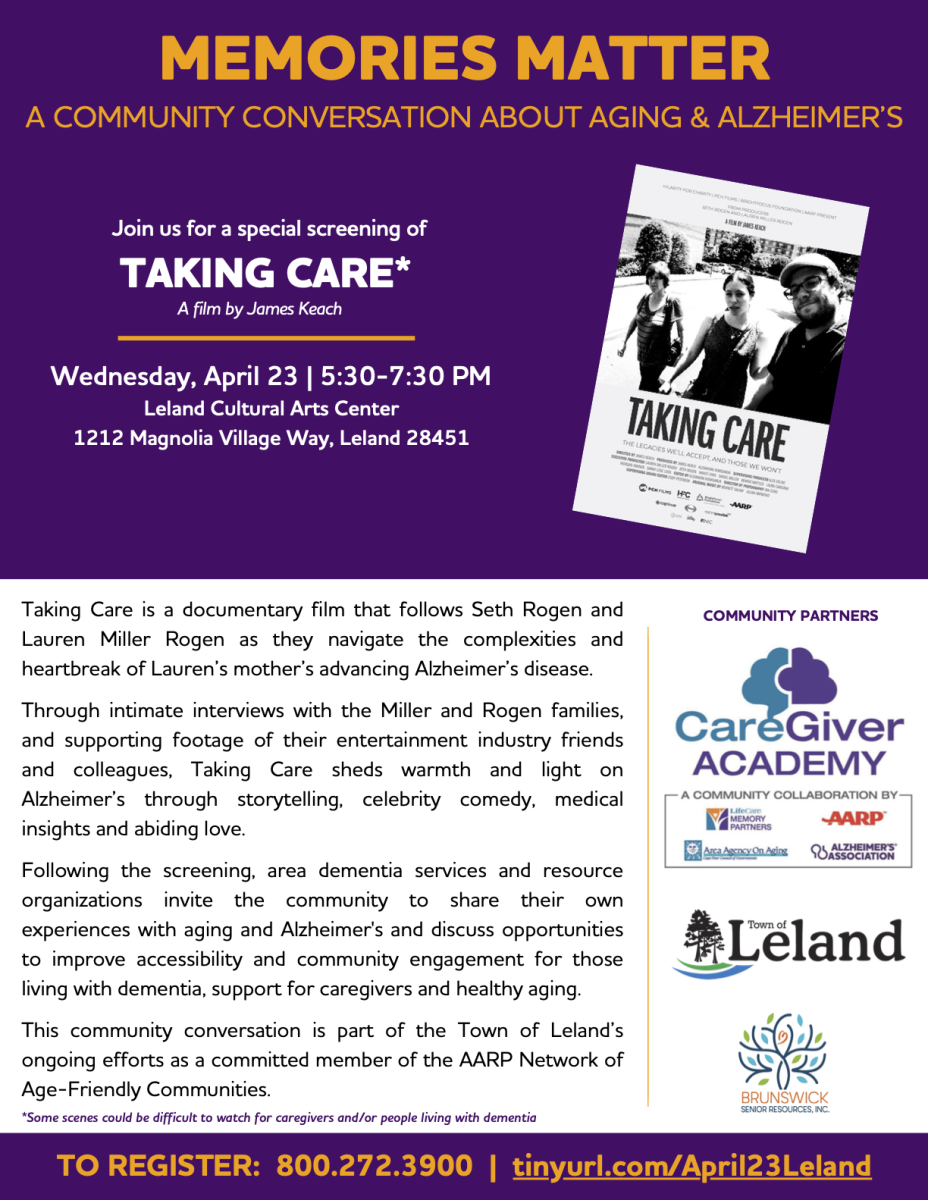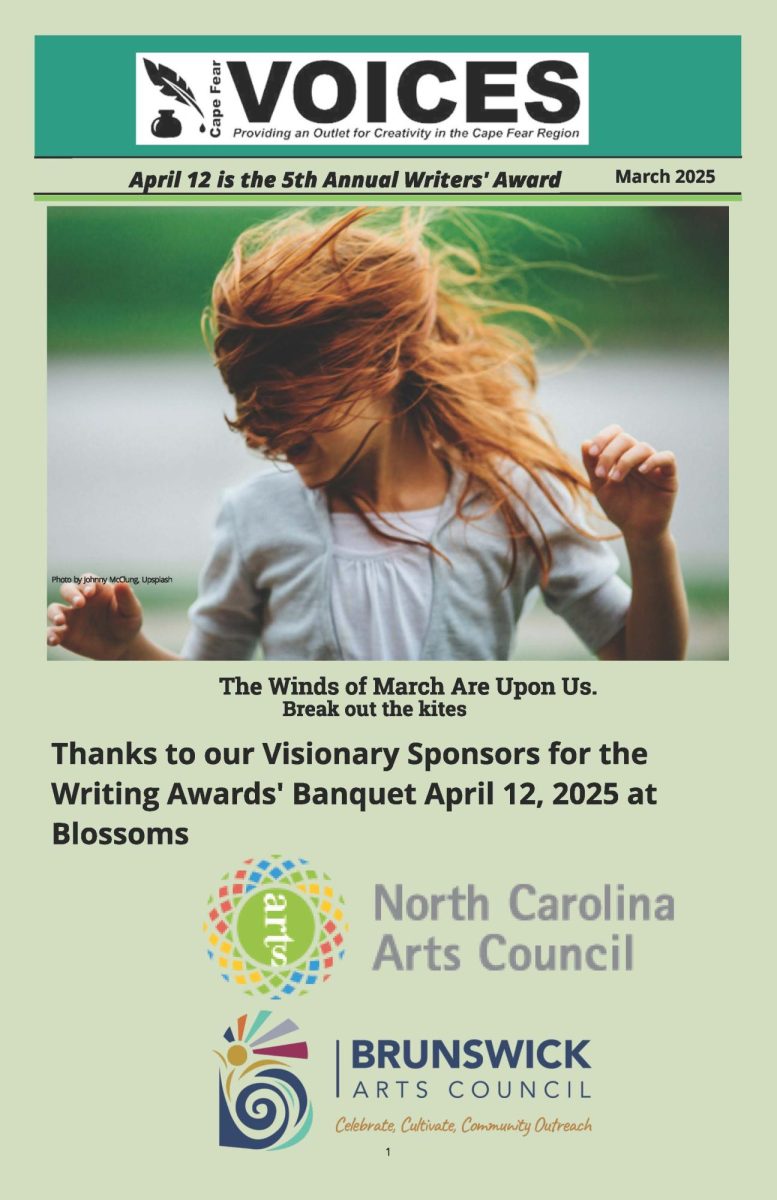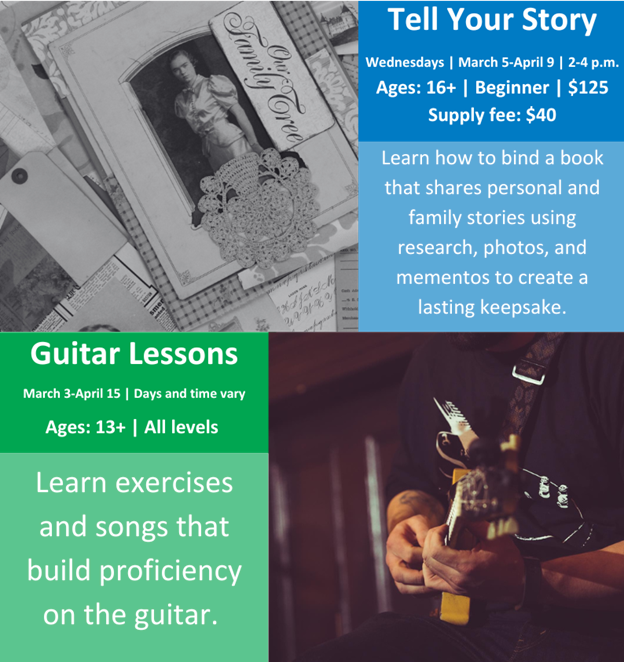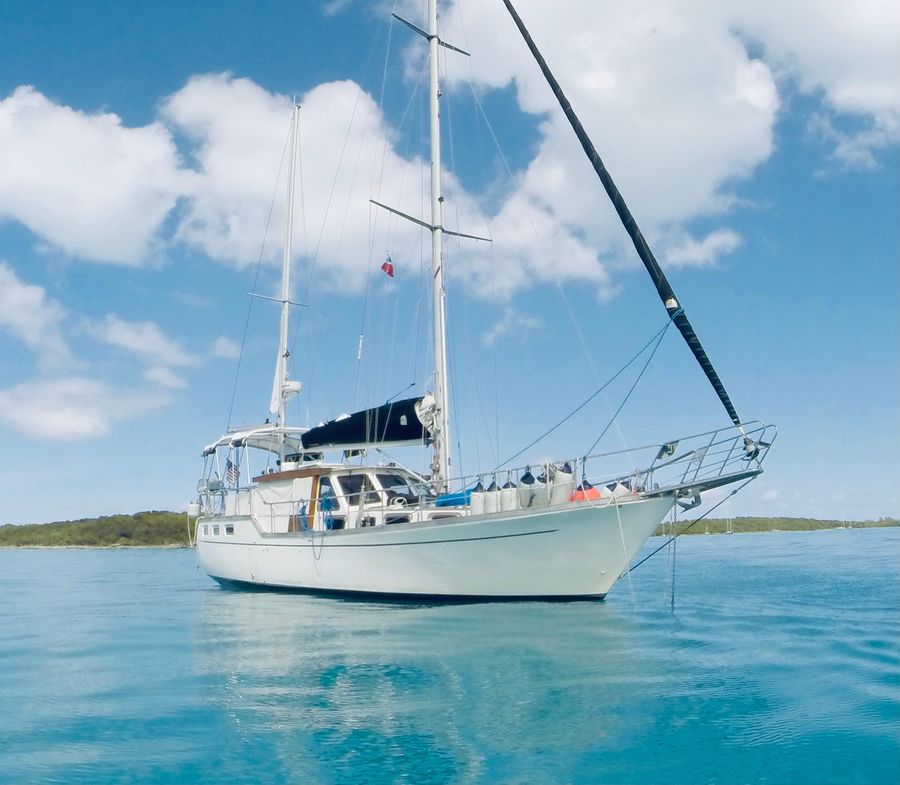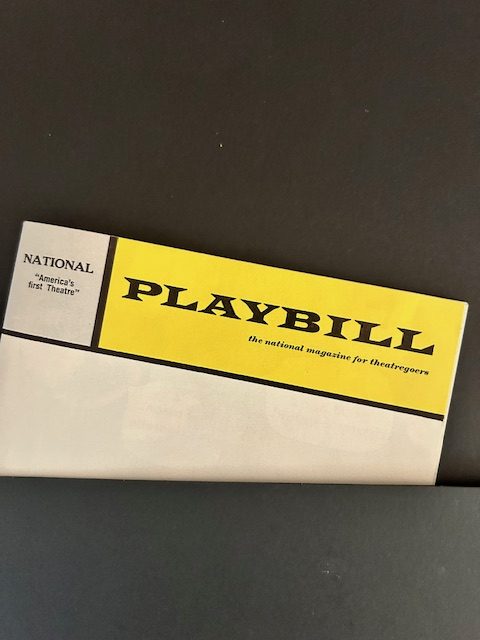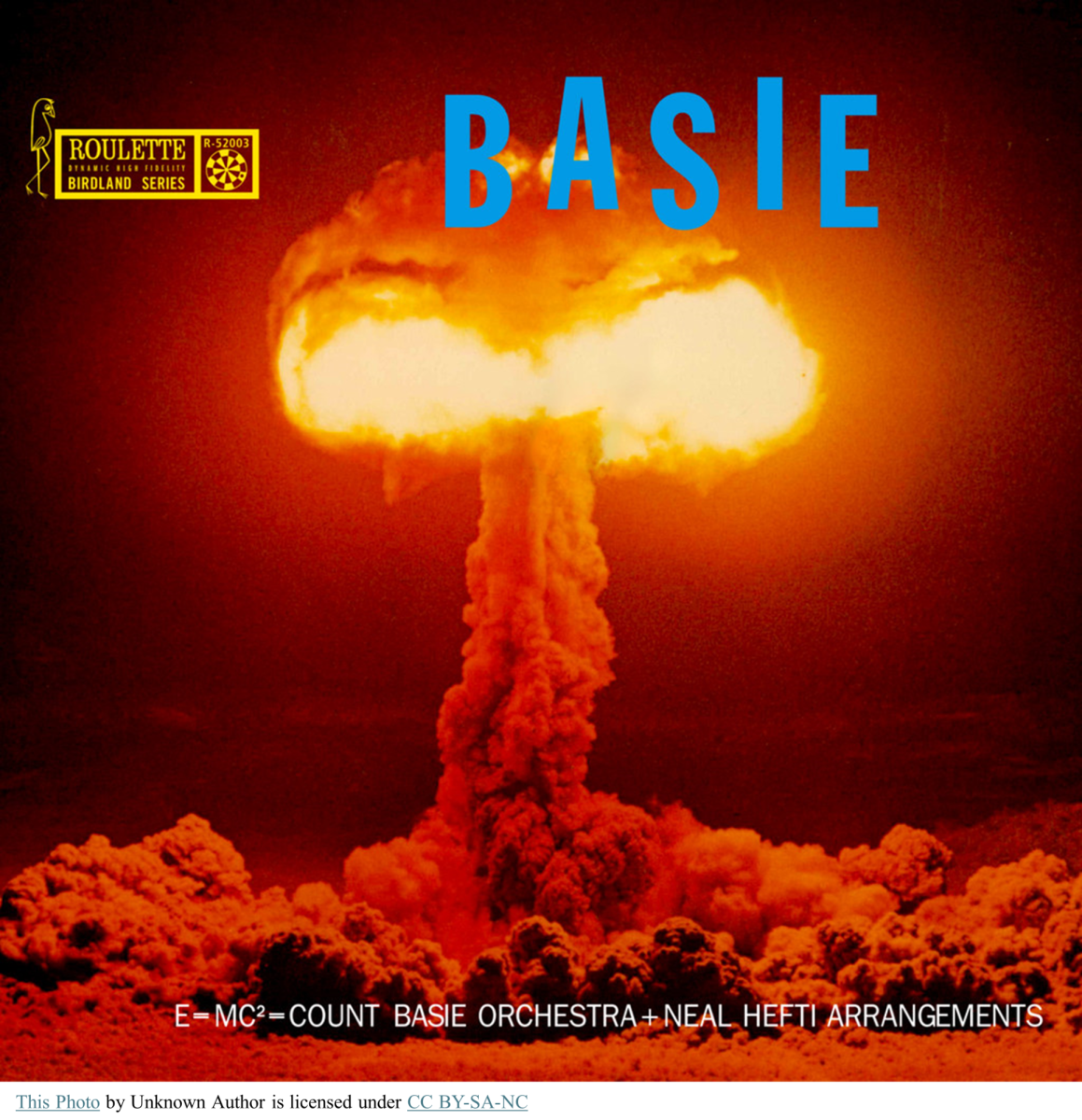…in the Summer of 1967, I realized my playing days were over. The Summer of ’67 (The “Summer of Love”) was a time for the ages, and we just didn’t know it at the time. As T. S. Eliot said, “We had the experience but missed the meaning.”
While I had great fun in high school, I never spent much of my time reading or studying. You see, I was one of the cool guys who already knew everything. Because I was already 18 when it was time to graduate and perfect war bait, I was allowed to graduate with my class like I was a real scholar. However, within days of graduation, I realized that things were different. All my friends had scattered to all parts of the world. Everyone was planning for college or summer vacations. Going to college wasn’t really an option for me at that time. I certainly didn’t have any money for a vacation.
Reality and the world seemingly exploded in front of me. I was completely unaware of world events and unprepared to react to them. People were “Going to San Francisco” with flowers in their hair, young men my age were going off to war and dying, riots and civil unrest were everywhere, representing every cause imaginable. The group Buffalo Springfield released their now-iconic song, “For What It’s Worth,” which gave us a hint of what was to come:
“There’s something happenin’ here,
What it is ain’t exactly clear
There’s a man with a gun over there
Tellin’ me I’ve got to beware
I think it’s time we stop, hey what’s that sound
Everybody look what’s goin’ down
There’s battle lines being drawn
Nobody’s right, if everybody’s wrong”
Frenzy engulfed the Haight Ashbury district of San Francisco in the spring and summer of 1967. Thanks to a song by Scott McKenzie, “gentle” people were headed to San Francisco with “…flowers in their hair.” He told us in the words of that song:
“Summertime will be a love-in there
In the streets of San Francisco
Gentle people with flowers in their hair.”
As it turned out, San Francisco was about the only place for love and flowers.
During this “Summer of Love,” there were a reported 128 cities that suffered from riots and civil disorders. Detroit and Newark were arguably the worst of these. Altogether, rioters struck 114 cities in 32 states. There were 88 deaths, more than 4,000 other casualties, and 12,000 arrests. The cities most affected were Wilmington (DE), Toledo, South Bend, Grand Rapids, Pontiac, Milwaukee, New Haven, Providence, Saginaw, Flint, Portland, and Cambridge (MD).
The theme of a 1967 Arlo Guthrie tune, “Alice’s Restaurant,” was draft evasion. Virtually every undergraduate dormitory had a collection of leaflets providing tips on how to get rejected at Selective Service physical exams. One suggestion was to “Arrive high.” Many draftees did just that. Quite a few young men went to Canada. Neither of those options was ever a consideration for me.
My summer was more of looking for any other work I could get. It never occurred to me that local businesses were not hiring recent high school grads because they would soon be going to the military. It was a time of high anxiety for me. I realized that, at that moment, that I had no future on the path that I was on and that I was only “Blowing in the Wind.”
It didn’t take me long to figure out that there was only one acceptable option for me. In late July, I went to see a Navy recruiter. By Aug. 27, 1967, I was sworn in and on my way to Navy boot camp. My summer of love ended with 4 am reveille and long marches. August 1967 was the time of the year when I realized my education was just beginning.

